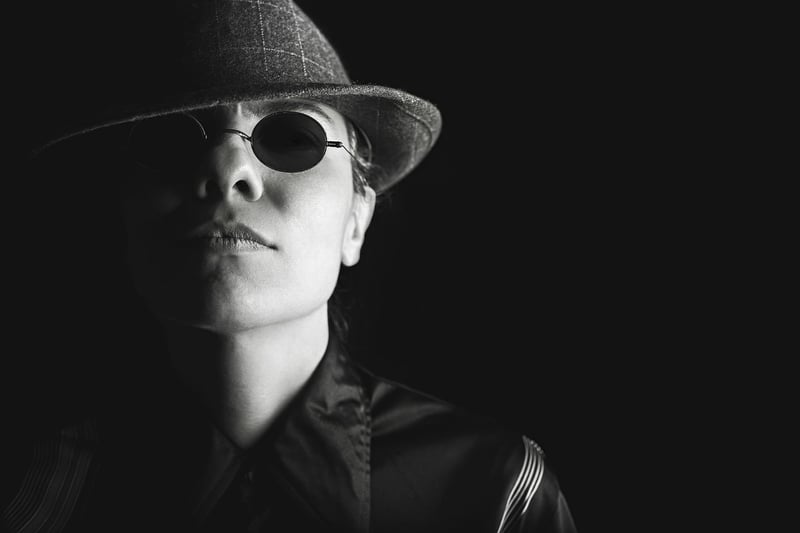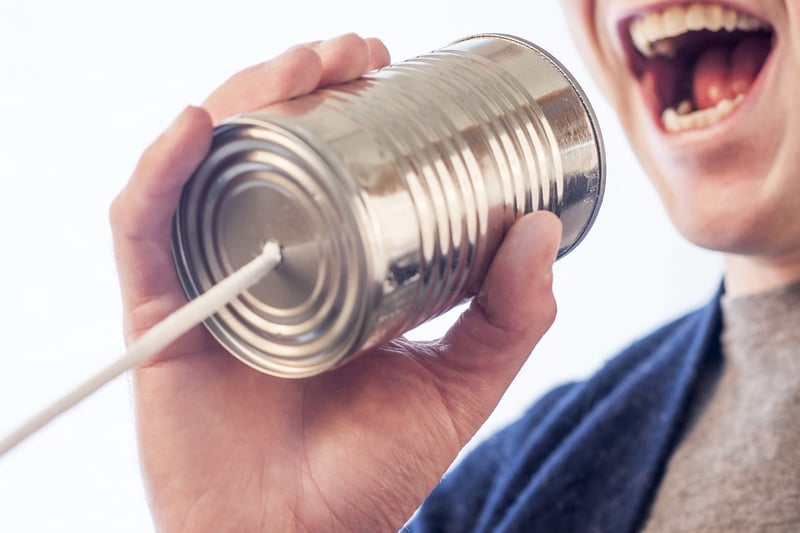Undercover Talks
The Art of Stealthy Communication
In a world full of information overload and constant surveillance, the ability to communicate discreetly and securely has become more important than ever. Whether you're a spy, a journalist in a hostile environment, or just someone who values privacy, mastering the art of stealthy communication is a valuable skill.
Why Stealthy Communication Matters
Stealthy communication techniques are crucial for anyone who needs to exchange sensitive information without alerting unwanted attention. From avoiding government censorship to protecting whistleblowers, the ability to communicate covertly can mean the difference between success and failure.
Tools of the Trade
There are several tools and techniques available for stealthy communication, including:
- Encryption software
- Steganography - hiding messages within seemingly innocuous data
- One-time pads for secure, unbreakable encryption
- Dead drops - secret locations for leaving or picking up messages
- Code words and signals
Mastering Undercover Talks
Undercover talks involve discreetly exchanging information in person without arousing suspicion. This skill is essential for intelligence operatives, undercover journalists, and anyone else operating in high-risk environments.
Key elements of undercover talks include:
- Choosing secure meeting locations
- Using cover stories to explain meetings
- Employing surveillance detection techniques
- Developing trust with contacts
- Practicing situational awareness
Conclusion
Mastering the art of stealthy communication and undercover talks requires practice, patience, and a keen understanding of the risks involved. By utilizing the right tools and techniques, individuals can protect their privacy, exchange sensitive information securely, and operate effectively in challenging environments.
Remember, in a world where information is power, the ability to communicate covertly can be the key to success.


